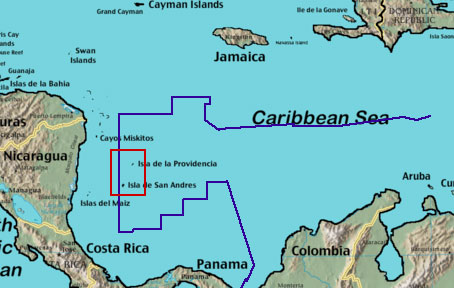
TEL AVIV – In 2010, then-US Secretary of State Hillary Clinton announced America’s eastward shift in global strategy. The United States’ “pivot” to the Asia-Pacific region was required not only because of the security threats posed by the rise of China, but also as a consequence of America’s long and costly obsession with the Middle East.
The Middle East has long confronted the US with formidable challenges, which ultimately exceeded America’s imperial capacities and sapped public support. But the real question now is whether America is still able and willing to uphold its global pretensions. After all, Asia is no less a demanding theater than the Middle East. Indeed, dealing with it might require reconciling the pivot to Asia with an ongoing presence in the Middle East, if only because the two regions have much in common.


